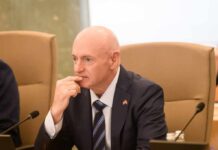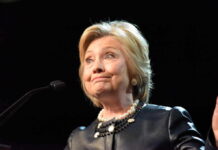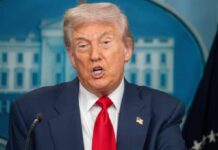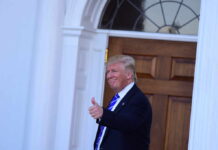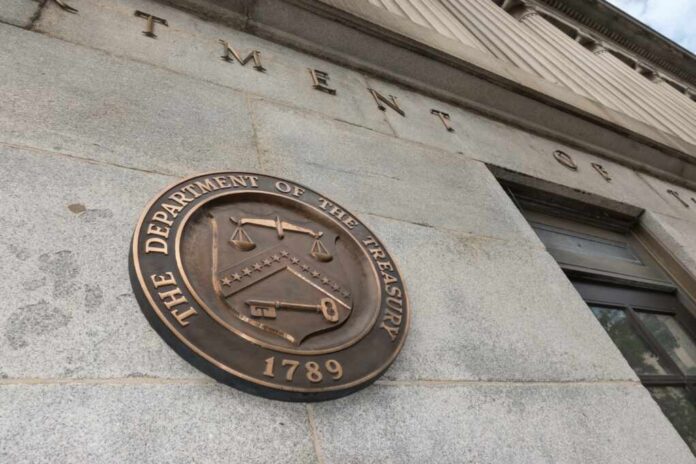
Four men’s attempt to cash a stolen $27.9 million U.S. Treasury check exposes alarming gaps in government oversight.
Story Highlights
- Four suspects were arrested in Florida after trying to cash a real $27.9 million Treasury refund check stolen from a Virginia company.
- The group’s elaborate plot involved laundering schemes, luxury vehicles, and an undercover federal agent.
- The massive fraud attempt reveals vulnerabilities in government check issuance, oversight, and anti-fraud protections.
- Experts warn that persistent loopholes and weak enforcement put taxpayer dollars and public trust at risk.
Massive Treasury Check Heist Exposes Systemic Failures
On November 10, 2025, federal agents arrested four men in Pembroke Pines, Florida, after an audacious attempt to cash a stolen U.S. Treasury tax refund check for nearly $28 million. The check, meant for a company in Richmond, Virginia, had been intercepted and withheld for almost a year before the suspects tried to launder it through sophisticated financial channels. Their plan unraveled when they unwittingly brought an undercover federal agent into the scheme during meetings at a local restaurant.
The suspects—Carlos Manuel Villaneuva, Eric Renard Bedford, Jorge Cruz Garcia, and John Ryan Boxie—were not typical street criminals. Reports indicate backgrounds in tax preparation, financial services, and laundering operations. They coordinated logistics with expensive vehicles and orchestrated the scheme with roles ranging from broker to accountant. Villaneuva, the central figure, allegedly expected to pocket $5.6 million from the payout. Their arrest highlights the scale and sophistication of financial crimes targeting the U.S. Treasury.
Watch:
Government Oversight and Vulnerabilities Under Scrutiny
This case underscores persistent weaknesses in government payment systems and anti-fraud measures. Large-scale check fraud has plagued the Treasury for years, with organized groups exploiting gaps in mail delivery, check issuance, and banking protocols. The fact that such a high-value, authentic check could be stolen, remain uncashed, and almost passed through criminal hands reveals alarming cracks in oversight. While law enforcement ultimately prevented the loss, the incident raises pointed questions about how many similar schemes go undetected—and who pays when oversight fails.
Smooth Criminals: 4 Men Get Busted for Trying to Cash $27M+ Treasury Check https://t.co/t7RyDesRIs
— ConservativeLibrarian (@ConserLibrarian) November 25, 2025
Law Enforcement Strategy and the Fight Against Organized Fraud
Federal authorities succeeded in infiltrating the group and making arrests before the check could be cashed. The use of undercover agents and coordination between the Treasury Inspector General and the Postal Inspection Service were decisive. However, experts in financial crime warn that enforcement alone will not solve systemic vulnerabilities; without real reform, fraudsters will continue to adapt and target government funds. The suspects’ claims of access to other large checks suggest that this single case could be part of a wider network exploiting federal payment systems.
Impact and Lessons for Taxpayers and Policymakers
The immediate impact was the prevention of a staggering loss to the U.S. Treasury. Yet, the intended recipient company in Virginia still faces delays, and public confidence in government payments remains shaken. Financial institutions and agencies are now under pressure to strengthen anti-fraud protocols and review their processes. For policymakers, this case is a wake-up call: every loophole is an invitation for abuse, and every dollar lost to fraud is a dollar stolen from hardworking Americans. It’s time to prioritize real solutions over virtue-signaling and restore accountability to federal programs.
Sources:
4 men accused of trying to cash stolen $27M US Treasury check
4 men accused of trying to cash stolen $27M US Treasury check
US Treasury stolen check suspects fraud
Fraud suspects tried to cash stolen $27M Treasury check



